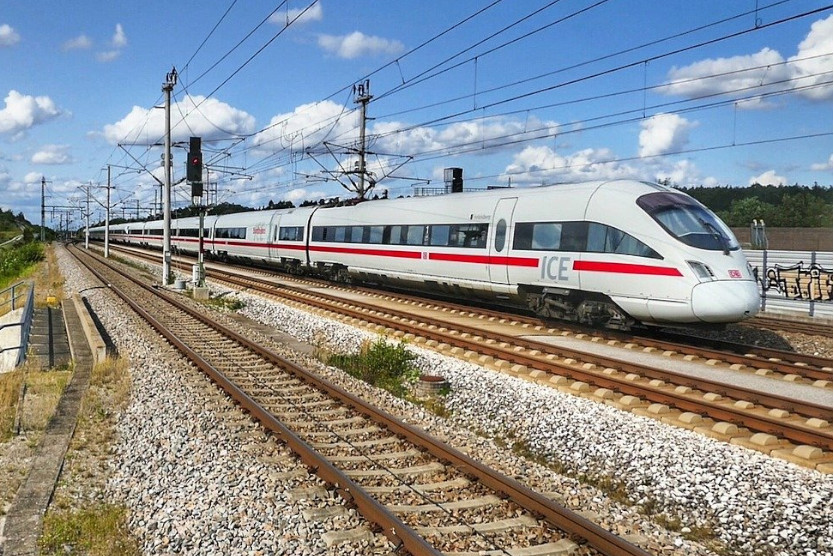
In the “Heat2Comfort project” the IFAM in Dresden is working on, with a range of partners on new approaches to use waste heat transfer to increase comfort inside hydrogen powered trains.
© pixabay
Developments are underway in Germany to run hydrogen fuel cell (HFC) powered trains on regional lines in the near future. In all HFC vehicles, oxygen plus hydrogen are converted into electrical energy, but in cars, for example, up to 25 percent of this energy is used for controlling heat and cooling within the cab. Now a project is underway to work out how waste heat could be used for temperature control in trains, thereby increasing the engine’s drive range.
In the “Heat2Comfort project”, the Fraunhofer Institute for Manufacturing Technology and Applied Materials Research (IFAM) in Dresden, Saxony, is working with a range of partners including two regional networks, the Institute of Air Handling and Refrigeration Dresden (ILK), Hörmann Vehicle Engineering GmbH and Wärmetauscher Sachsen GmbH, on new approaches to use waste heat transfer to increase comfort inside the trains. The goal is to increase the minimum range of fuel cell train drives by 20 percent.
Specifically, the researchers are concerned with coupling the heat source, the fuel cell itself, with the various mechanisms that provide and control heating and cooling. This will be achieved by an absorption heat pump and several phase change material (PCM) storage units which contain specially-developed fibre structures. In addition, the inner surface areas, tables and seats of the train’s interior will be designed to integrate novel cellular metallic materials capable of conducting heat and maintaining uniform surface temperatures.
The IFAM Dresden will have to carry out extensive mathematical modelling and simulations of energy flows, storage behaviour and mass transfer processes before moving to prototype stage. Heat2Comfort project is funded in full by the Federal Ministry of Economic Affairs and Energy (BMWi).


